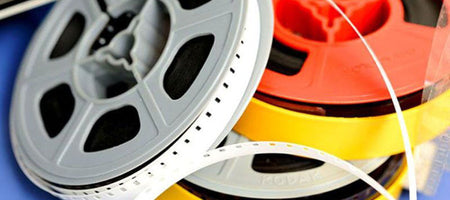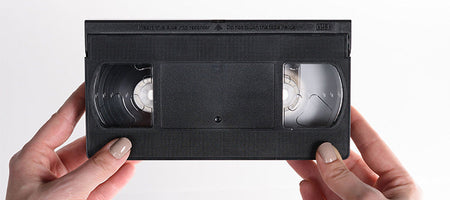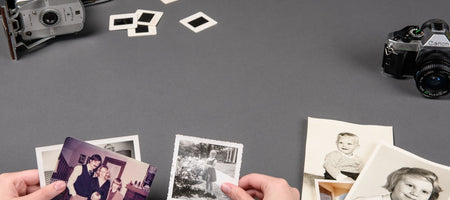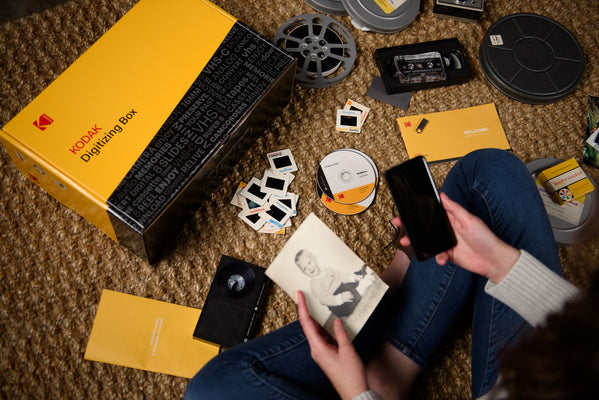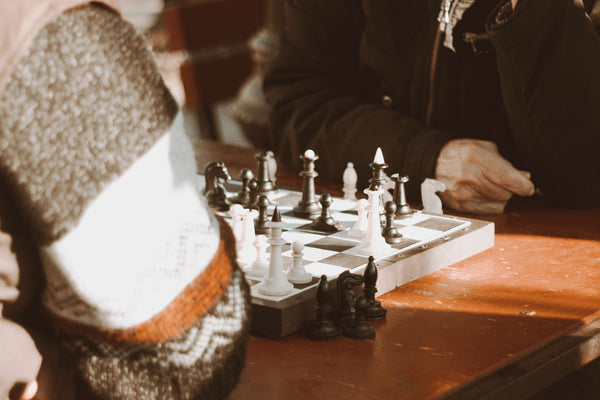Polaroid pictures feel a little like magic. You snap the one button on the camera and poof!
Within seconds you have a printed picture to pin up on the fridge or bulletin board.
No need to get the film processed or uploaded onto a computer.
Polaroid pictures are also fun and spontaneous because of the lack of camera features and presets. The final photograph is always a surprise, and it always looks good even when a novice is behind the lens. The nostalgic film aesthetic gives the photo a nice touch that even the nicest cameras and smartphones can’t quite achieve.
But what is a Polaroid picture exactly? And how are they created?
Polaroid is an instant film photograph introduced by the Polaroid Corporation in the late 1940s. By the 1970s, consumer Polaroid cameras were as popular as ever.
Polaroid pictures are made inside instant cameras such as Polaroid OneStep+ and Fujifilm Instax Mini 11. Even though Polaroid has the biggest influence on the instant camera market, the generic, non-brand term for a Polaroid picture is an “instant print.”
The original Polaroid cameras and pictures were a little different from “modern” models. Photographers would have to initiate the development process by placing the picture through rollers where a reagent is coated between the negative and positive sheets. These pictures were also supplied on a film roll whereas current Polaroid pictures have a single sheet format with the classic thick white border surrounding the image.
Fortunately, later versions of Polaroid cameras are much more convenient. Nowadays, the cameras have built-in rollers to do the photo processing work for you. Cameras like the OneStep+ and Instax Mini listed above use a diffusion transfer on the internal rollers to move the negative dyes to the positive side of the picture. There are three layers of silver compounds on the negative print, each layer absorbs a different primary color of red, blue, and green.
The dyes printed on the silver layer are still undergoing the chemical reaction moments after the snapshot is taken. That’s why the Polaroid photo looks gray when it first comes out of the camera. It takes a few minutes for the colors to completely set from the chemical process.
Now that we’ve explained how Polaroid pictures work, they might not seem as magical anymore. But that still doesn’t take away from the fact that Polaroid pictures are convenient and beautiful! No other film or digital photographs can compare to the vintage appeal of a classic Polaroid picture.

